For those of you that are new to fly tying, it is quite easy to get a little confused with all the different terms and many forms of measurements used for fly tying hook size and hackle measurements alike. The fact is, it is really pretty simple, but often goes unexplained, so many fly tyers go years without really knowing what to look for in a specific hook size and inevitably end up using the wrong hook for their needs a lot of the time. It all lines up pretty neatly to allow you to know which fly tying hook size should be used with which hackle feather size to achieve great results. Getting this right to begin with means you are able to get all your other materials to fit in proportion to the fly design. So, how does it all work and what does the X system mean when looking at a hook’s characteristics?
Looking at the specifications on a pack of hooks will give you the information you need about the design of that hook. Firstly, the size, which can be a little confusing at first, but is pretty easy to understand really. It is rare that a fly tying hook size should be shown in an odd number, most manufacturers generally keep to even numbers. Although, a size 1 often slips through the cracks on that rule. So, sizes are generally denoted with a hashtag before the number. This came about way before the hashtag was made trendy by the social media generation, and makes it easy to know when we are talking about the size of a hook, or a feather in relation to a hook’s size. So, a size 20 would be shown as #20. The smaller the whole number, the bigger the hook. A #20 is smaller than a #18, which is smaller than a #16 and so on. Once we get to #1, the numbering system then moves into ‘ought’ measurements, with sizes show as #1/0 at the smallest, nd going up with the number, So a #2/0 hook is smaller than #6/0 hook. Makes sense? It’s a little backwards, but it does work when you know what is going on with the difference between whole numbers and ought numbered hooks.
These sizes are kept to a general standard between most hook manufacturers and are the base for matching up you hackle feathers to suit the hook gape, or the gap between the shank and the tip. Obviously, a bigger gape will accommodate a bigger hackle feather in the pattern to appear more natural and have the proportions looking right. But, there are times when a bigger gape is called for, without the need for a longer or heavier wire hook. At the same time, a longer shank might be wanted for longer streamers, but without the need for a bigger gape. So, the ‘X’ system is used to denote the characteristics of the gape, the shank length and the wire thickness.
Looking on the hook pack, you will see terms like “2X LONG”, “1X STRONG” or “1X WIDE”. These terms refer to the variation in that hook from standard measurements of the fly tying hook size. 2x LONG refers to the shank length and suggests it is the same length as a hook two sizes bigger. So, if you have a #12 hook that is 2x LONG, it will have the same shank length as a #8 hook, but still have the wire thickness and gape of a #12 hook. If a hook show to be 1X STRONG, then this suggests it uses the same strength (and thickness) of wire as a hook one size bigger. So, a 1X STRONG hook in #6 is actually going to be the same wire as a hook in size #4. Then the 1X WIDE notation on a hook would tell us that it is a wide gape version with a gape the size of that found on a hook one size bigger. The same goes for short shanks, wires and gape sizes. A 2X SHORT hook in size #10 would suggest a shank size to match a size #14 hook is used.
So, with that in mind a 1x SHORT hook in a size #12 is also the same as a size #14 hook that is 1X STRONG, 1X WIDE. So, when taking into account the gape size, you may wish to adjust the hackle sizes you use to match up with the bend in the hook. Using a hackle gauge in you vice is essential to getting the right feather to match, and allows you to easily compensate for larger gapes too. You can just adjust the hackle size up or down the appropriate amount of hook sizes to match the gape variation if any occurs. The Griffin Hackle Gauge show above also has a basic hook chart printed on it for reference if you hooks become removed from their packaging and you are unsure of their size. The more popular (and more expensive) Whiting Hackle Gauge does not share this feature however, although it just looks more slick and so tends to be the preferred unit to hang off many peoples vices. The fact remains, they both do the job and allow you to accurately match your fly tying hook size to correct hackles for better proportioned flies.
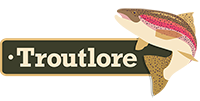
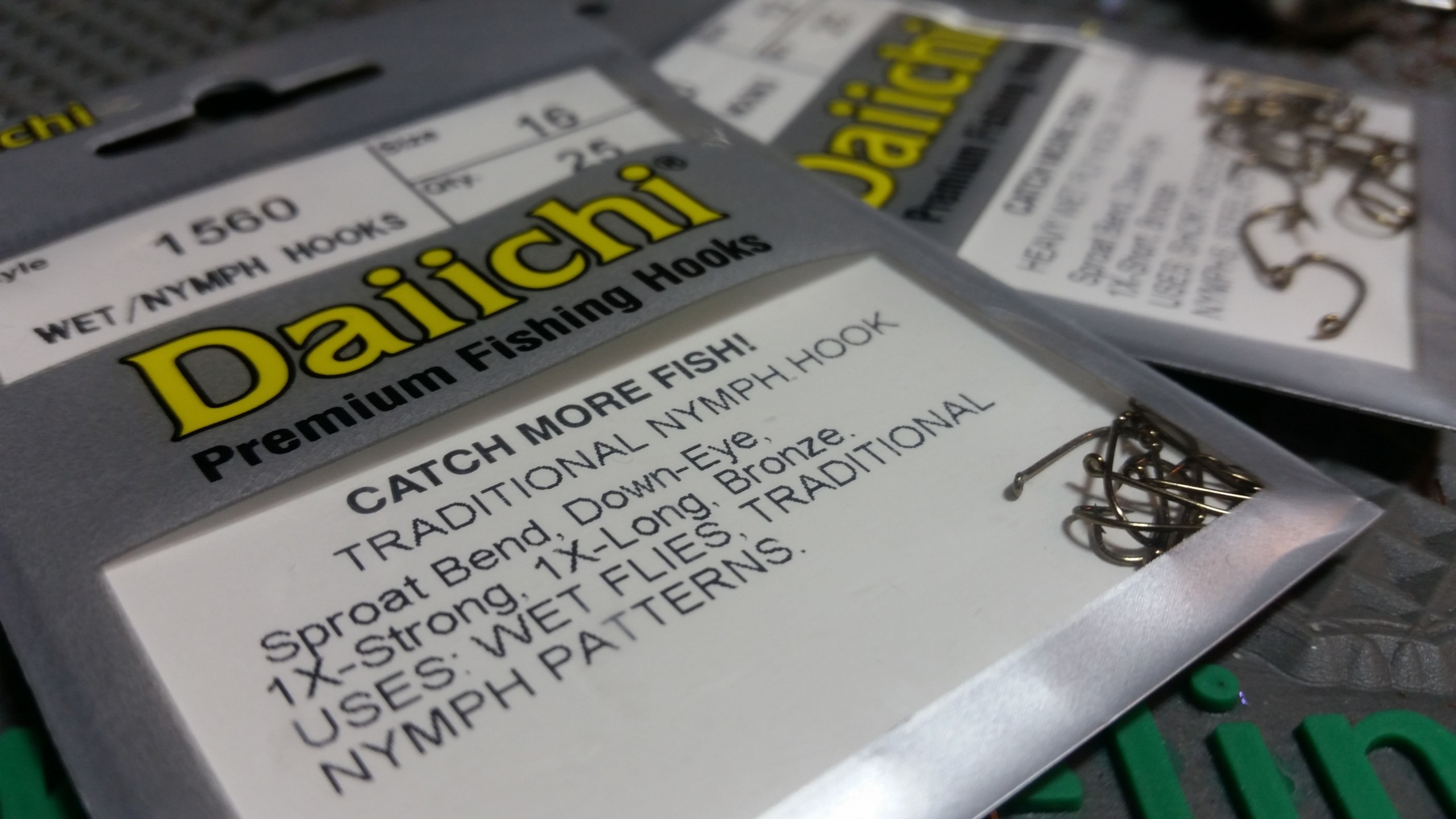

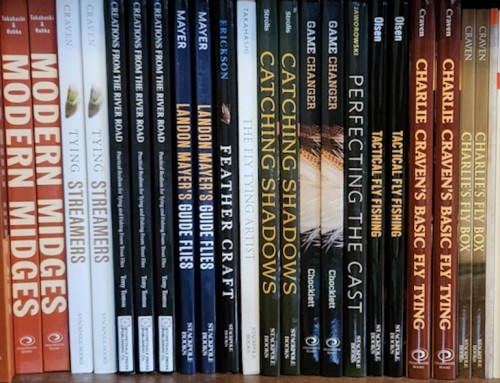
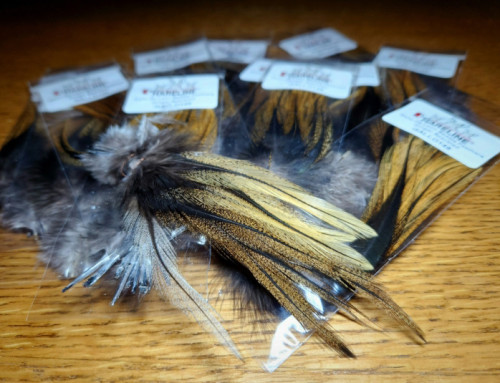
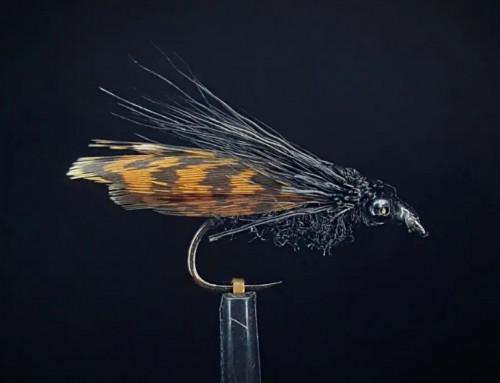
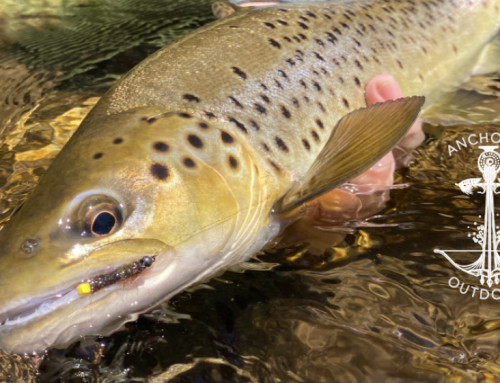
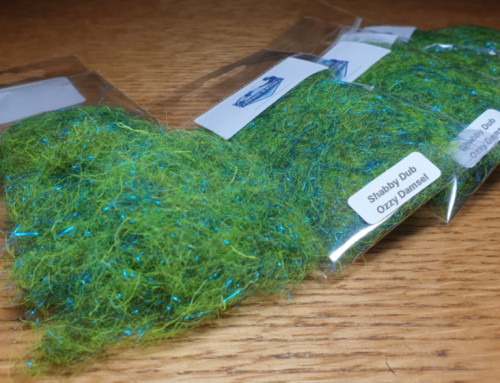
Leave A Comment
You must be logged in to post a comment.